FALLOUT: A Look Back at the Height of the Cold War in America, circa 1960
A Photo Essay by Jeanine Michna-Bales, 2013 - 2022: Project Research and Principal Photography from 2013 - present
FALLOUT is part of traveling exhibition [2021 - 2026] entitled Two Minutes to Midnight and the Architecture of Armageddon with photographer Adam Reynolds.
In 2018 the Doomsday Clock was set to 2 minutes to midnight, at the time it was the closest it has ever been to striking midnight since the height of the Cold War in 1953 when both the United States and the Soviet Union tested thermonuclear weapons for the first time within 10 months of each other.
Hearing this we might actually think that we had stepped back in time to the height of the Cold War. In light of these announcements and other recent developments, it is more vital than ever to view our uncertain present through the lens of the past.
NOTE: Hover over the images for image titles, location and year photographed.

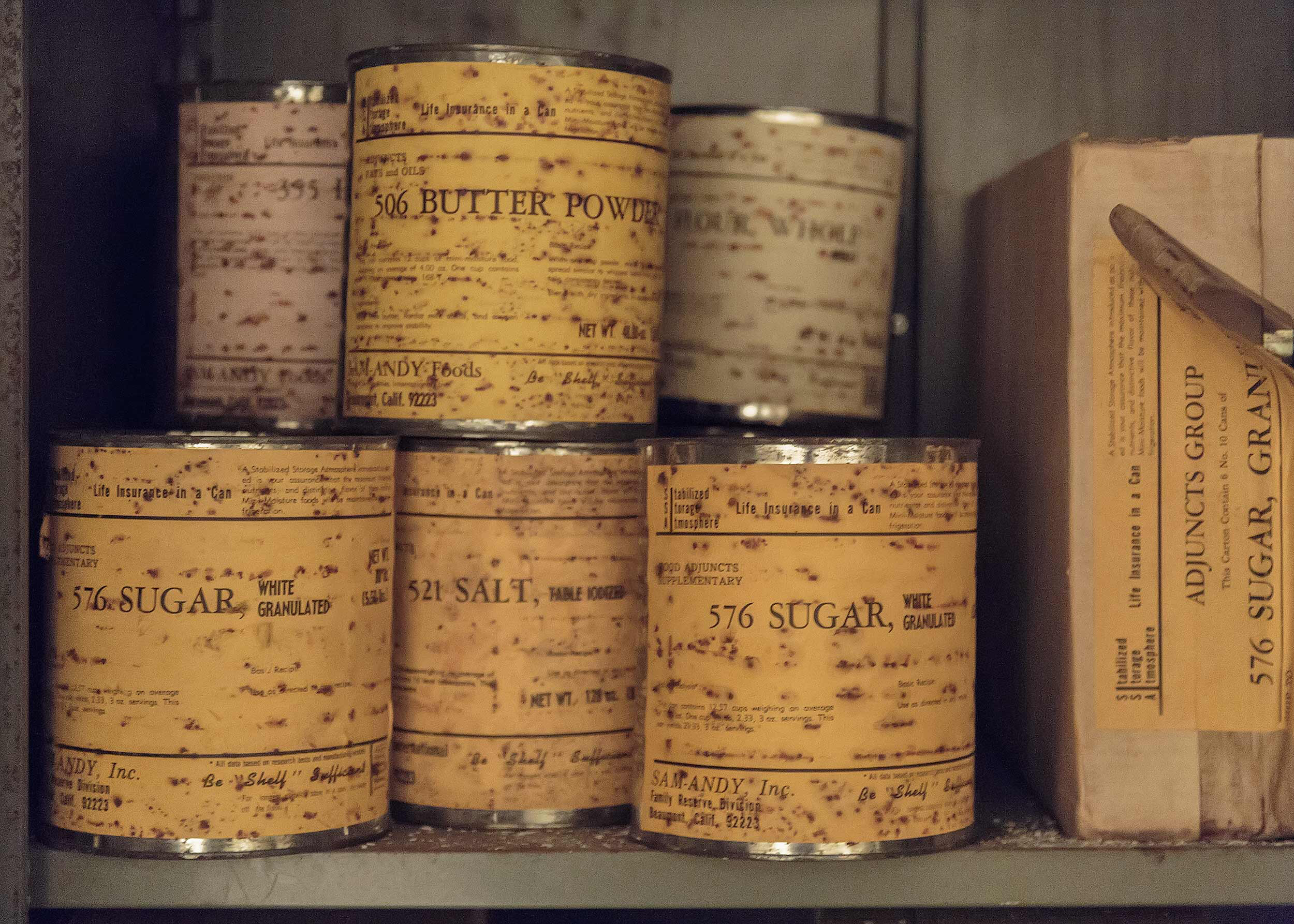

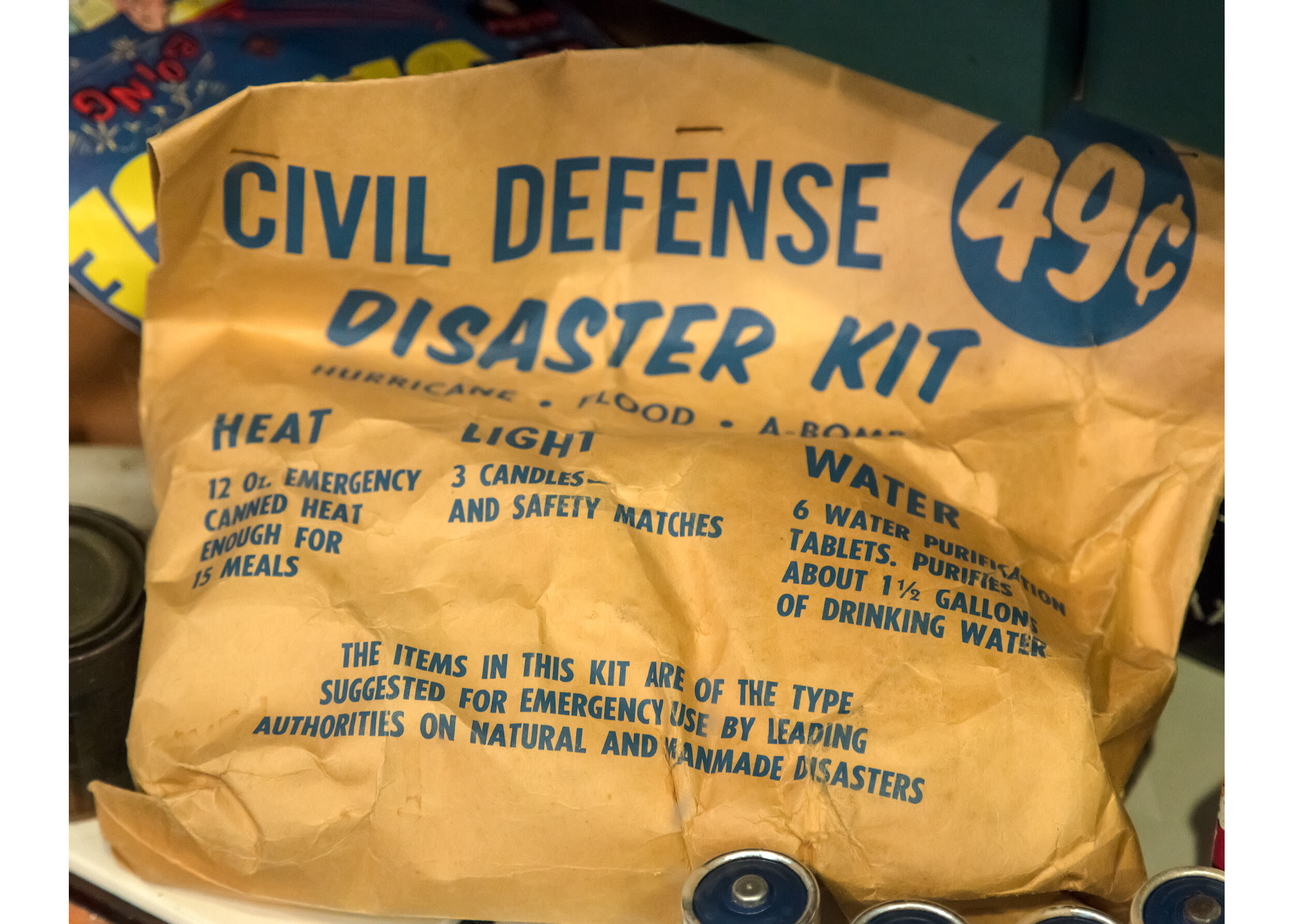

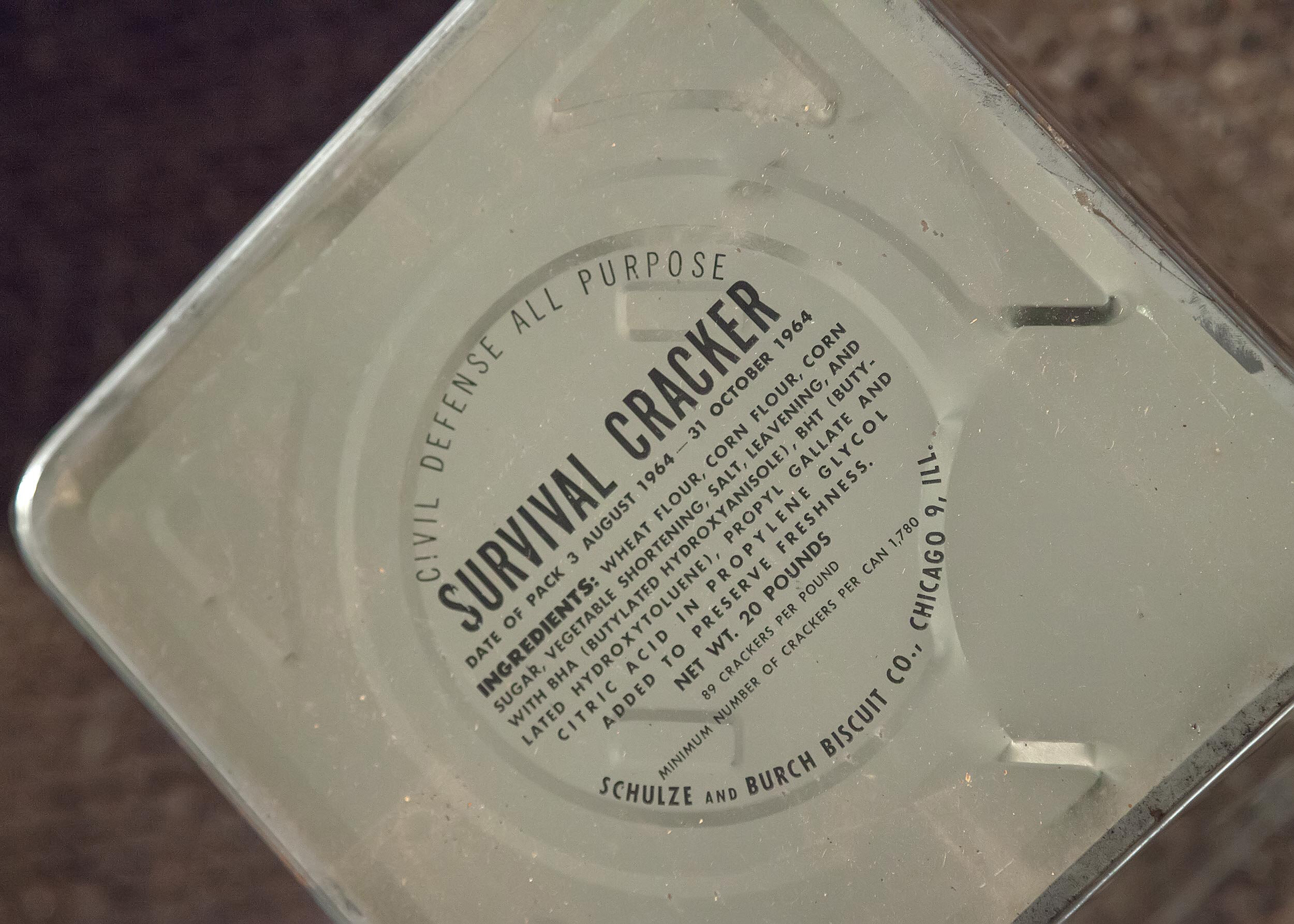
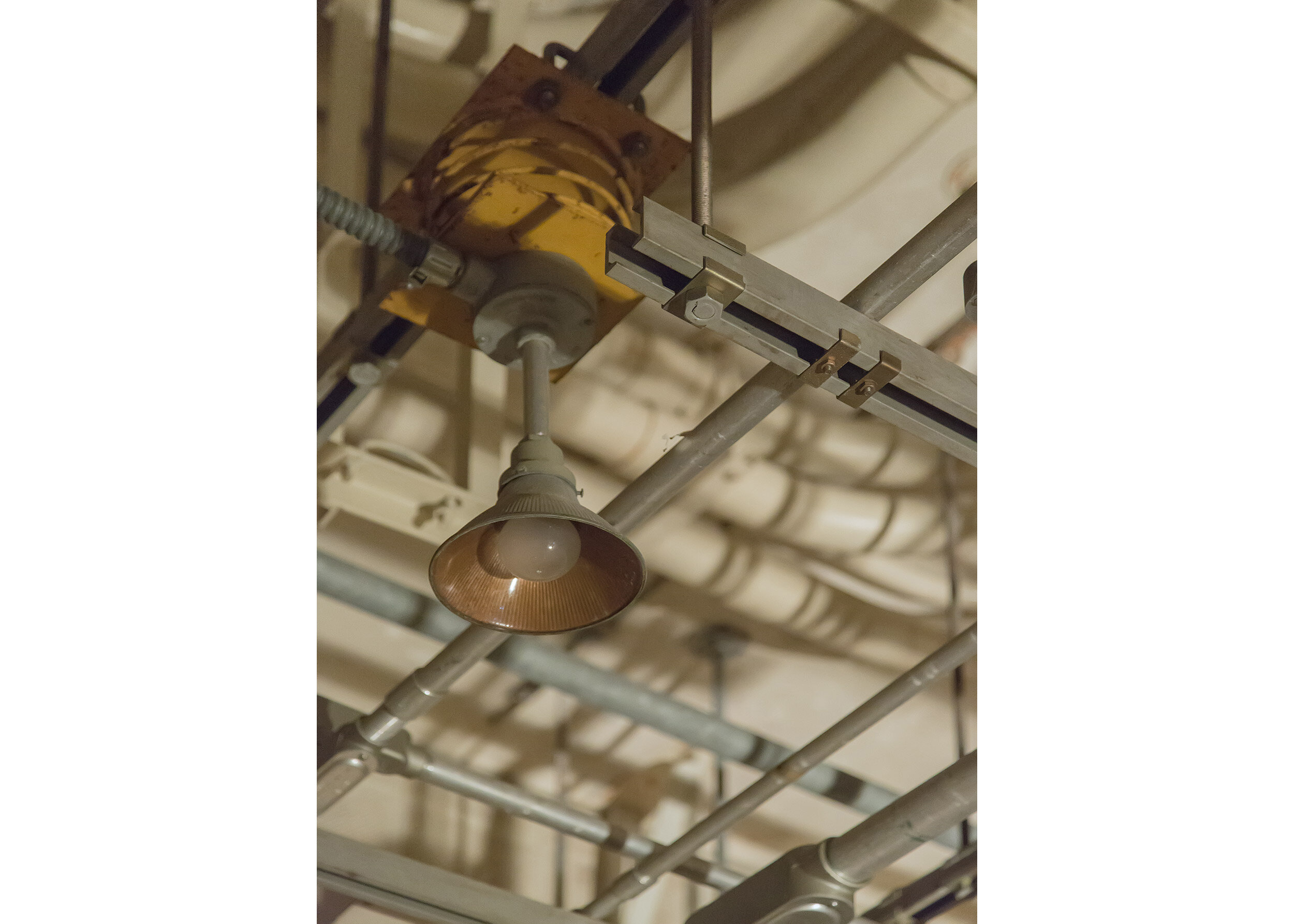
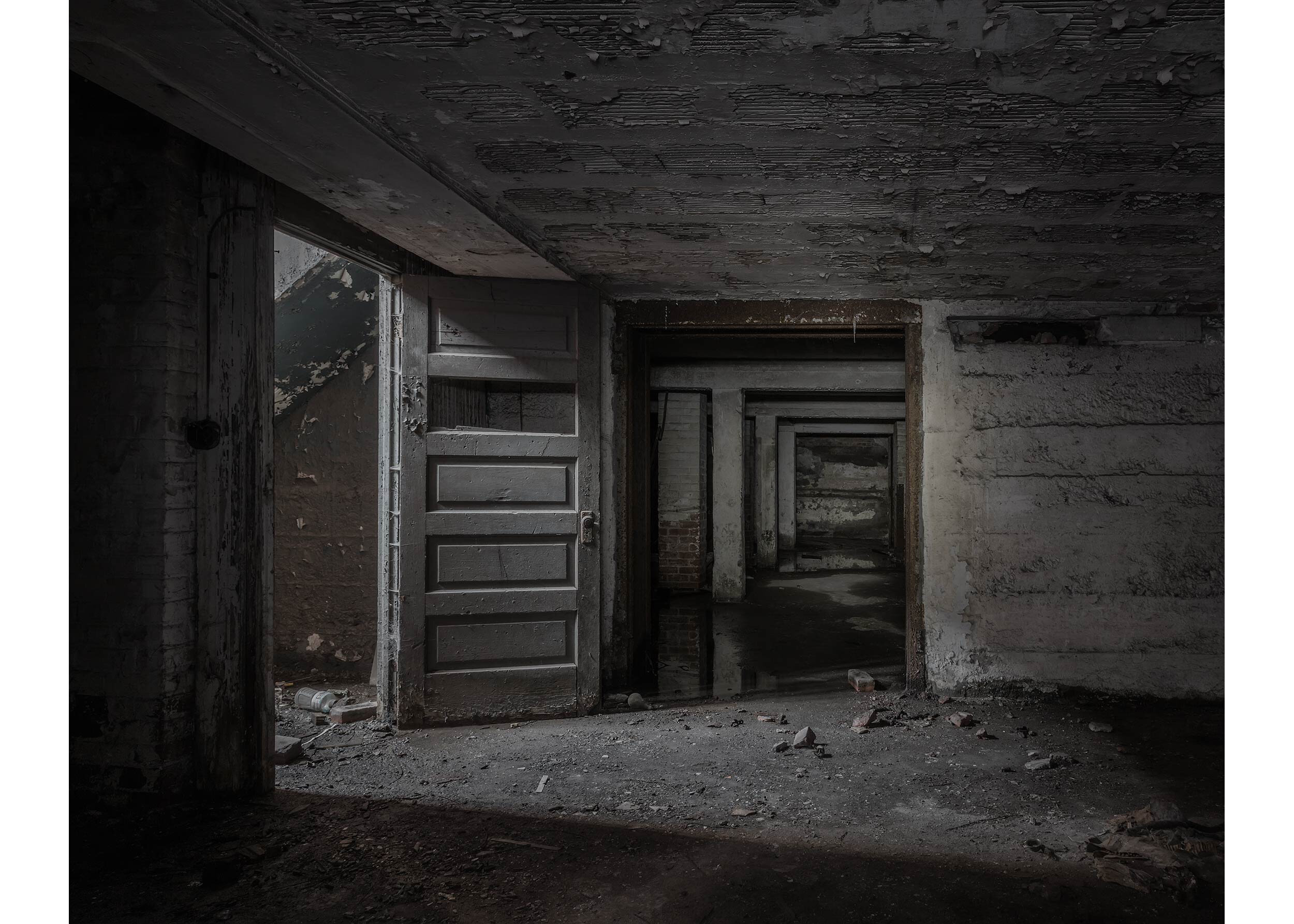
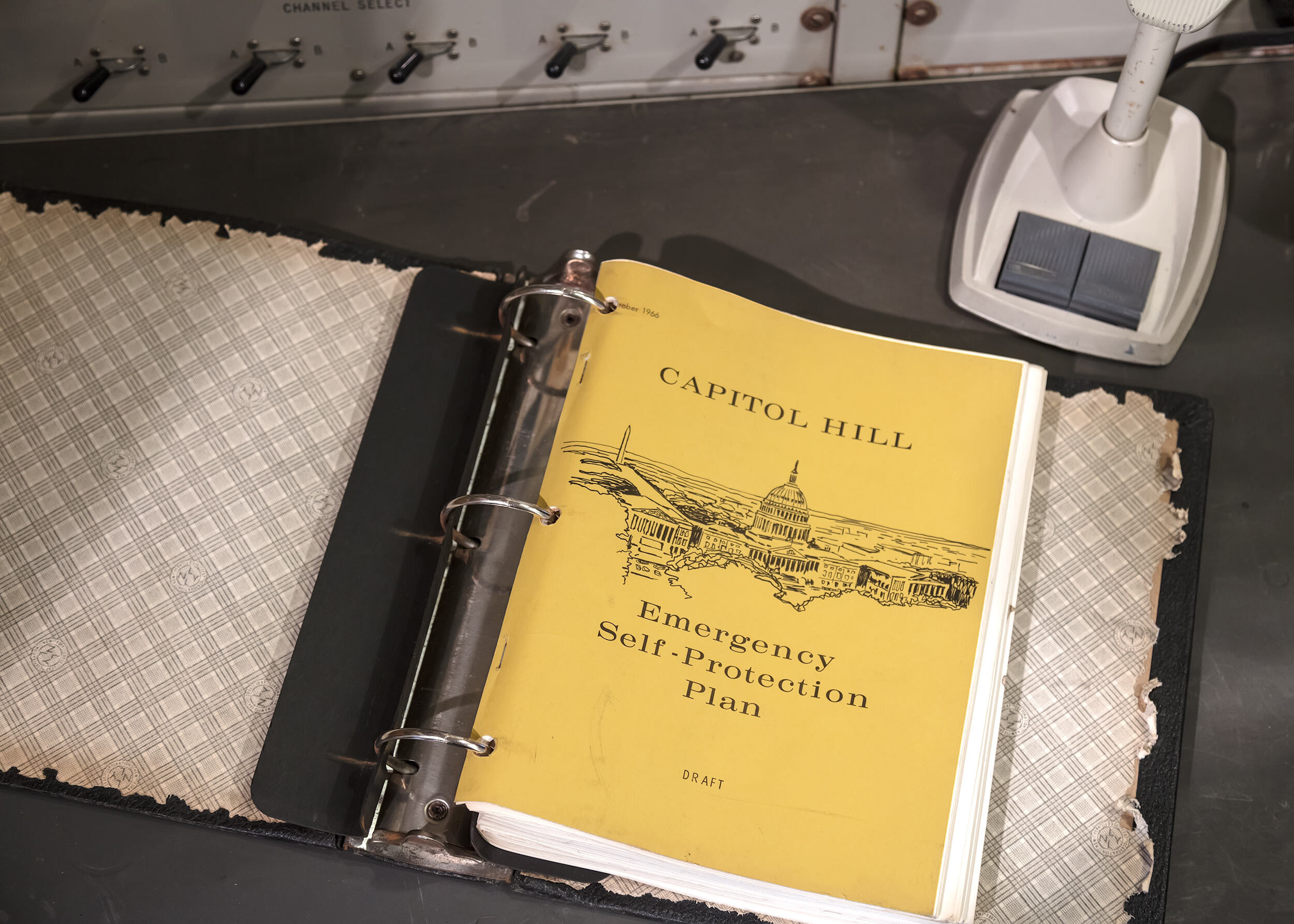
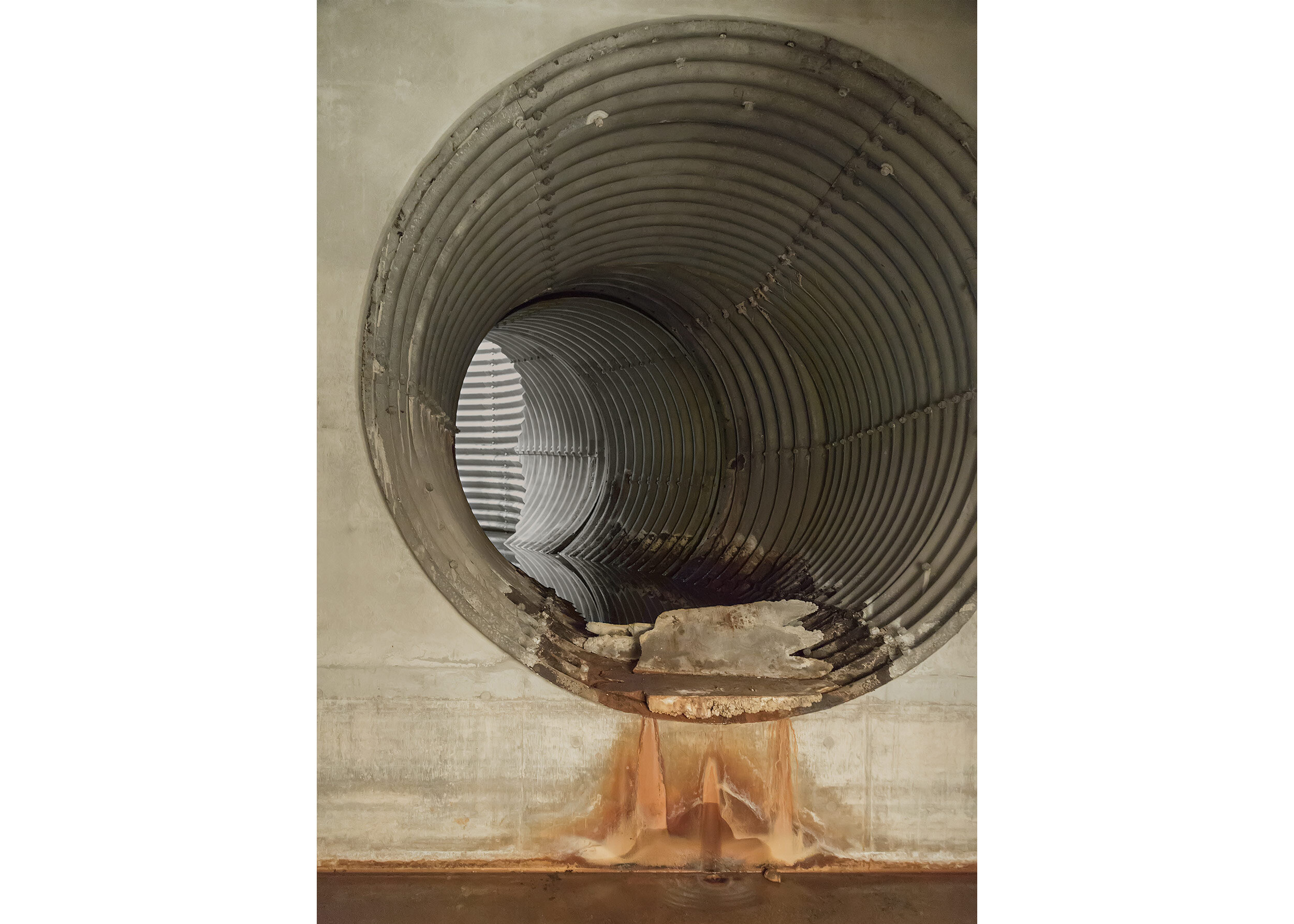
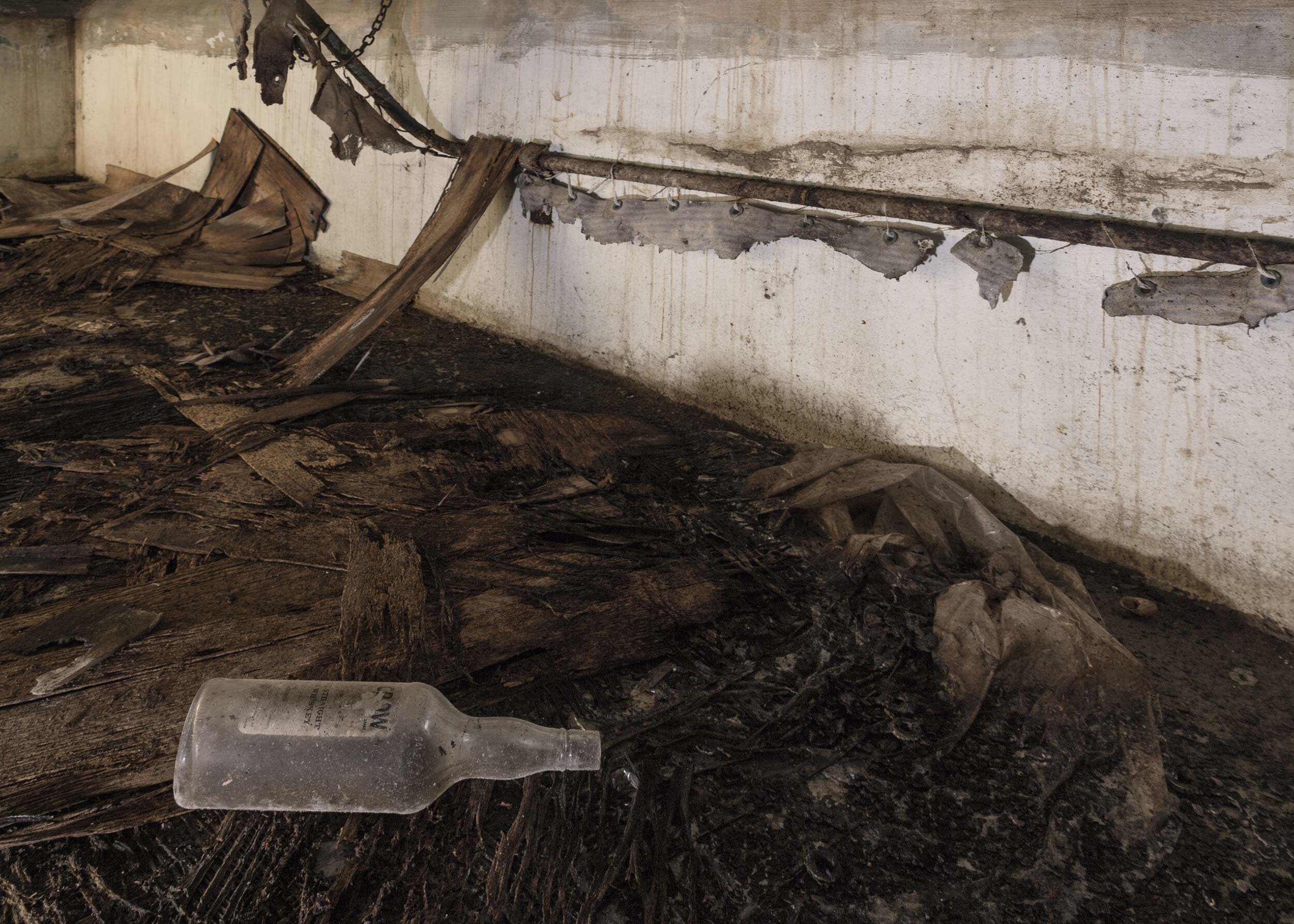
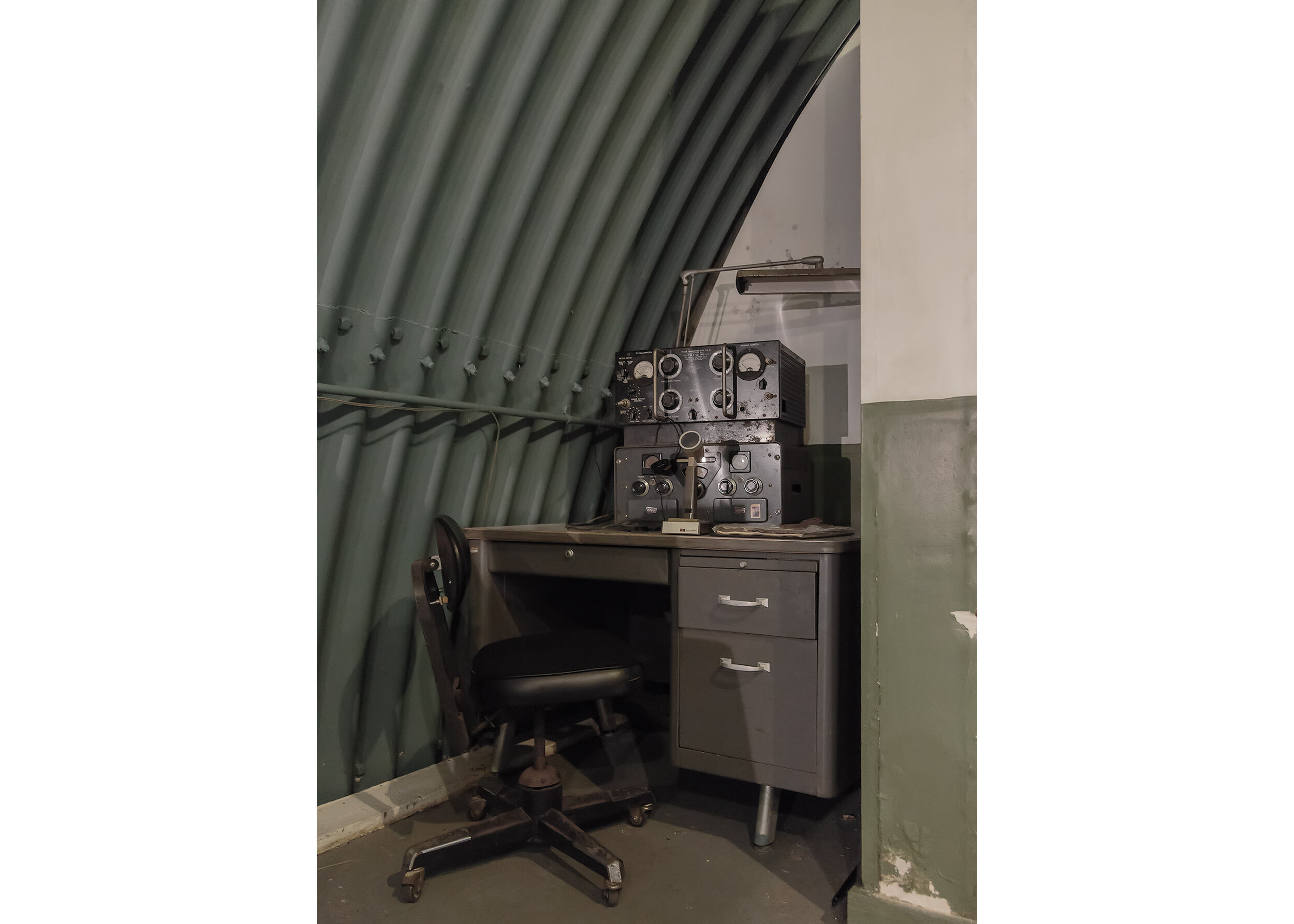
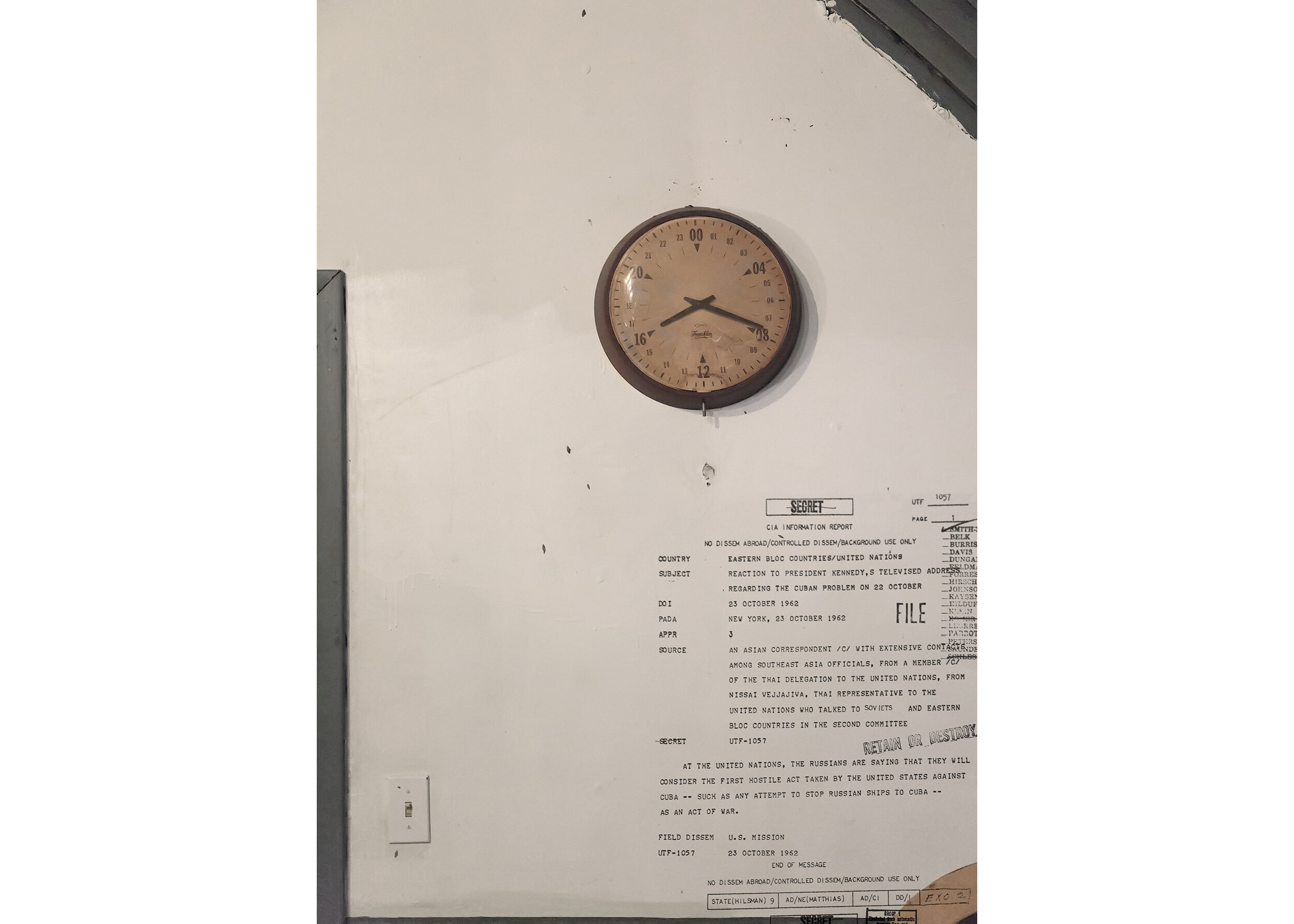
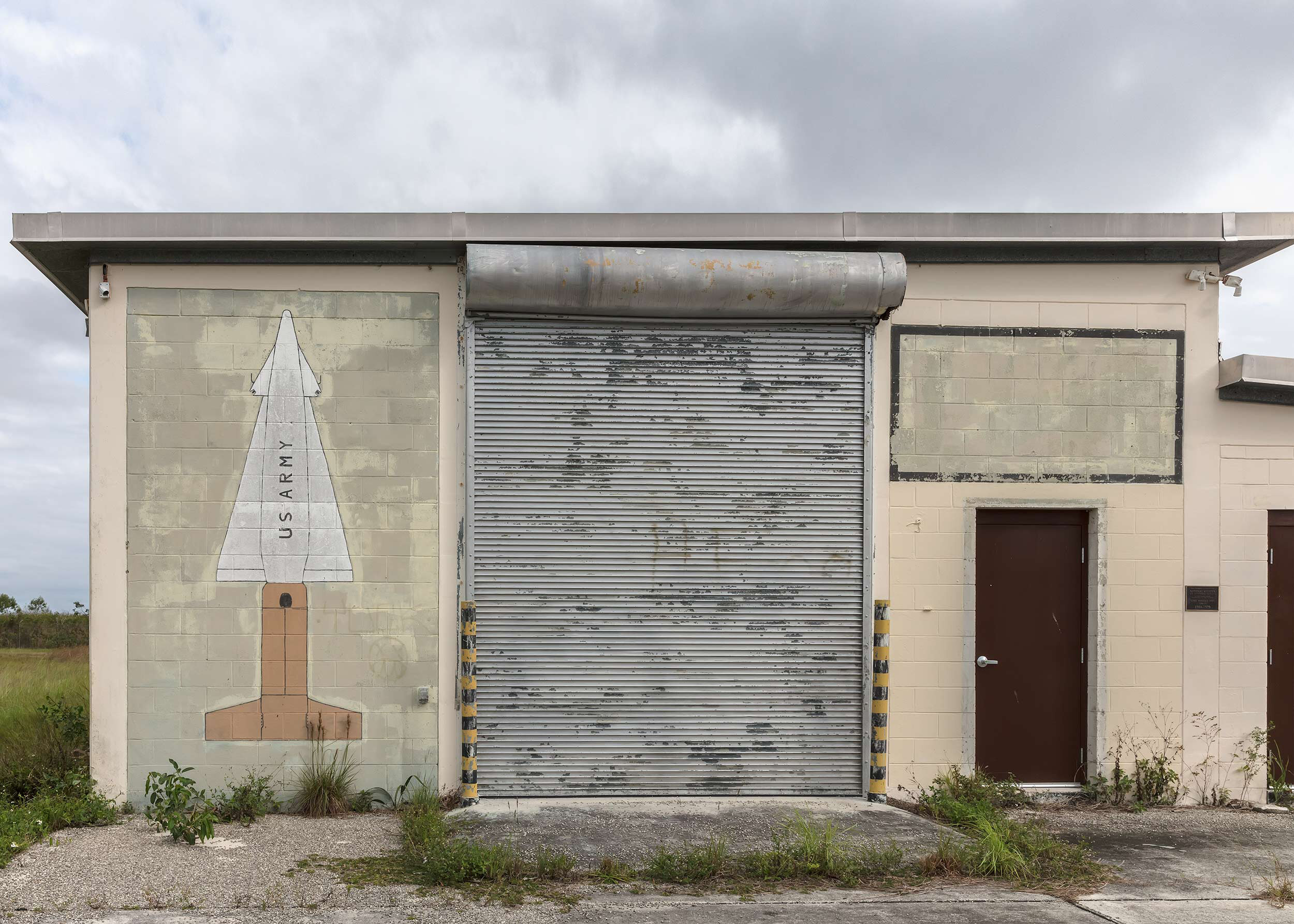

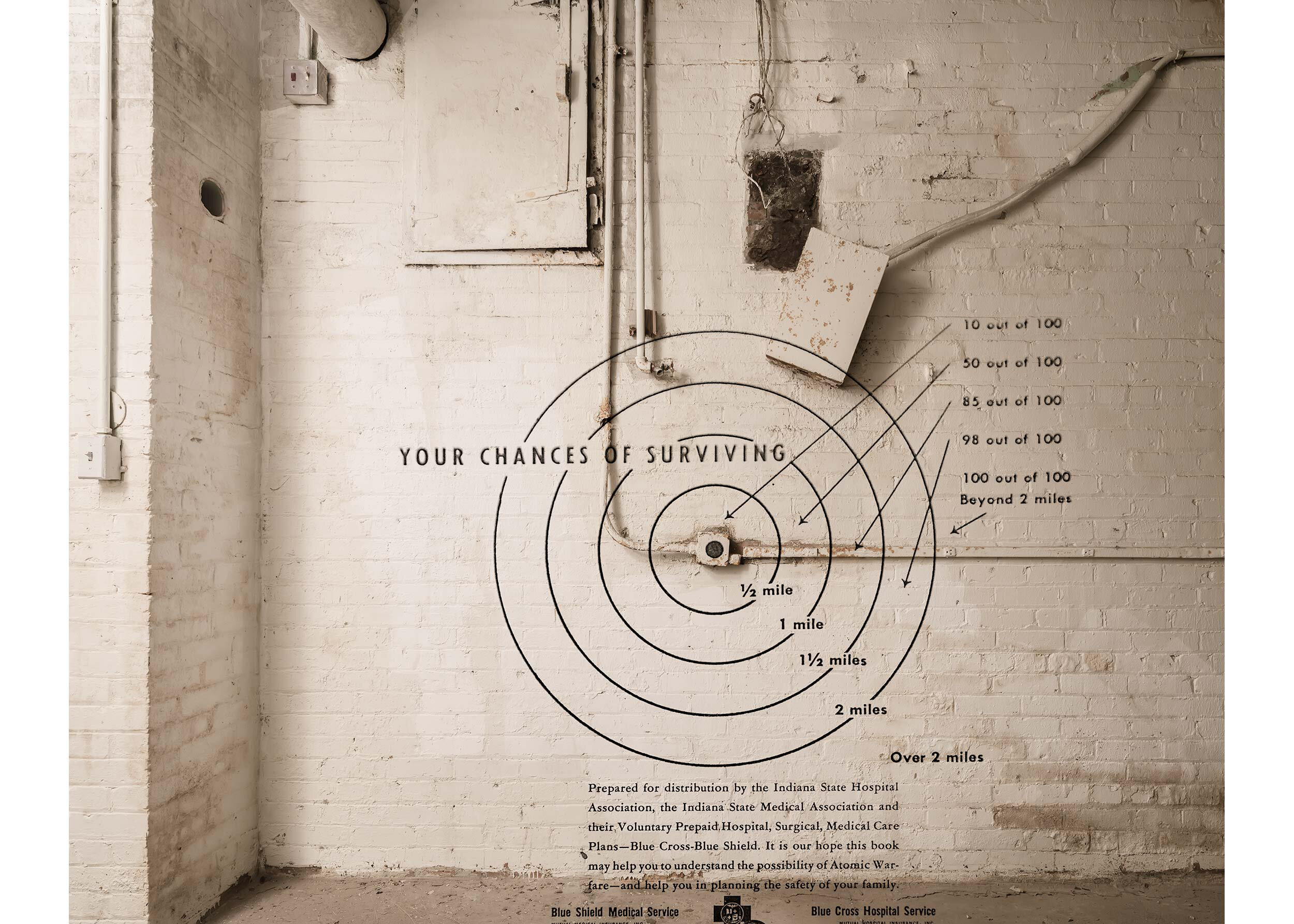
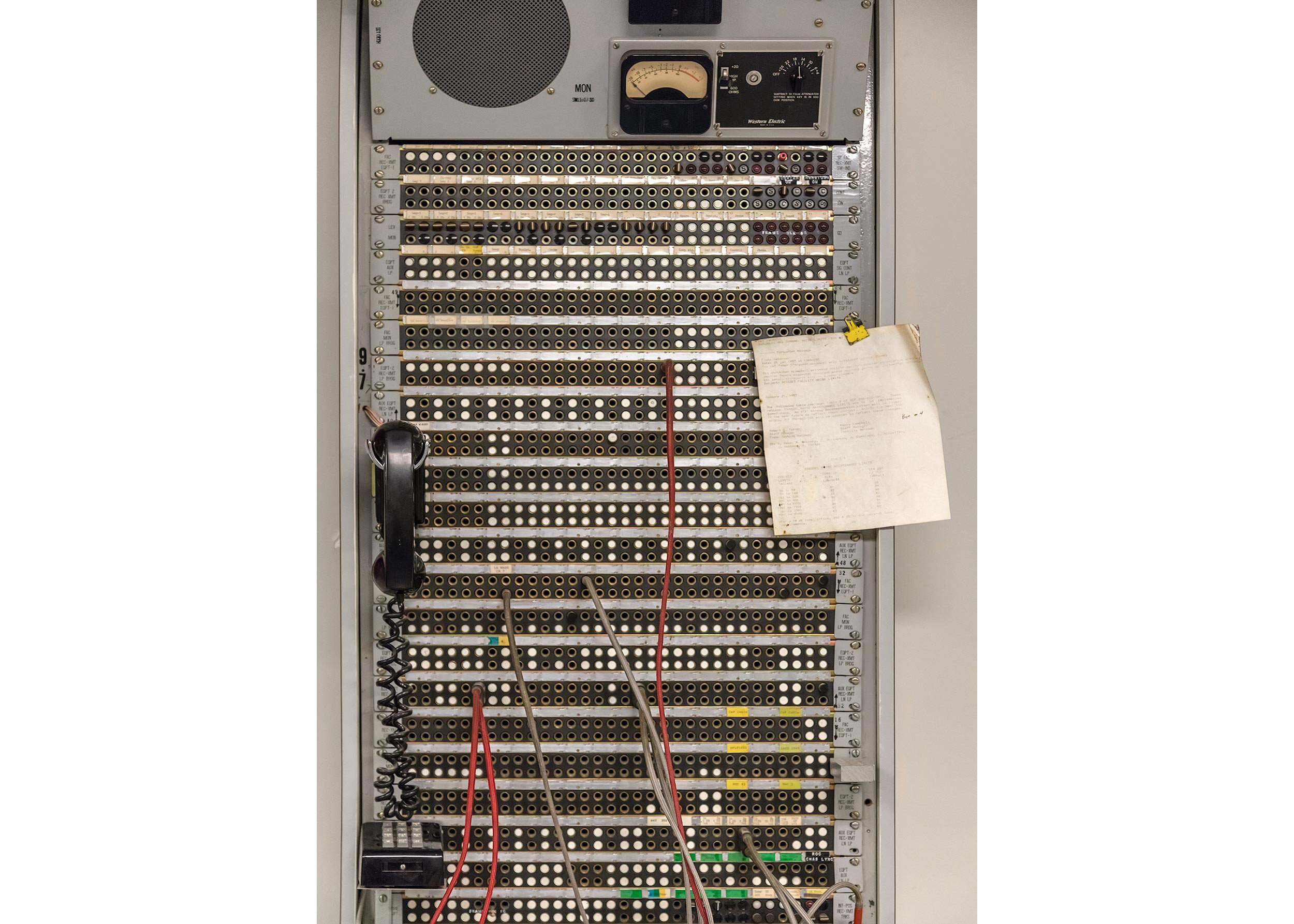
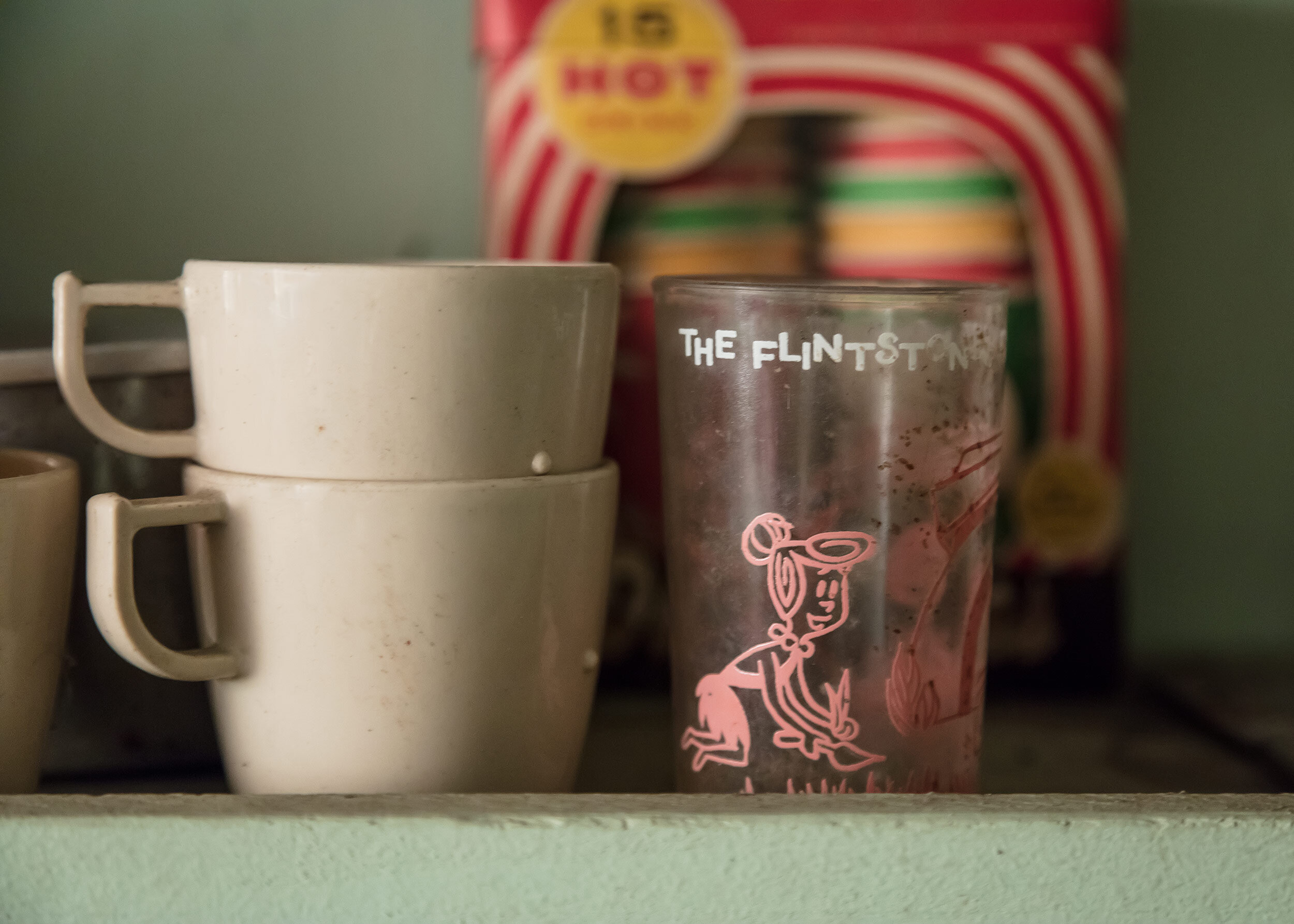

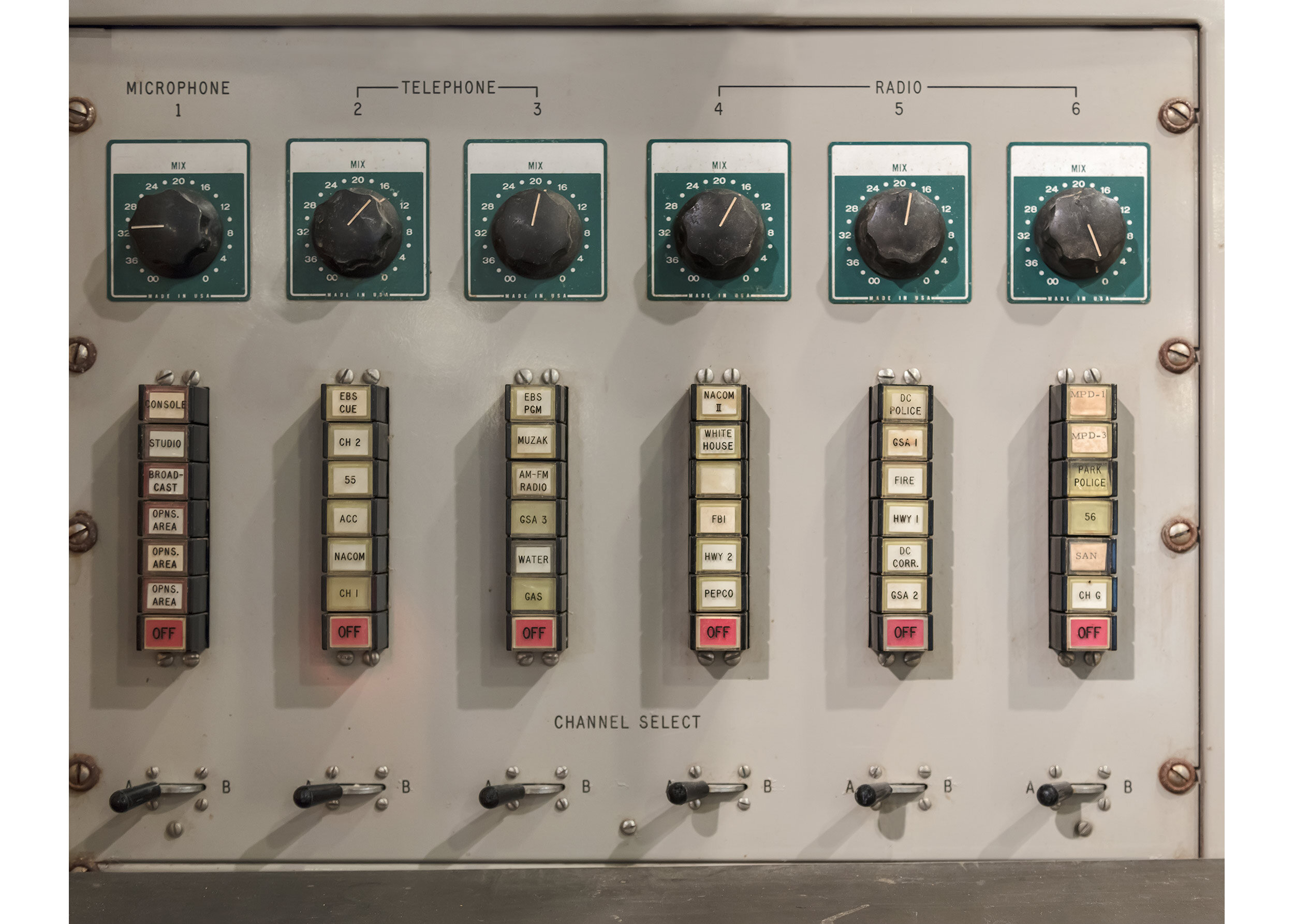
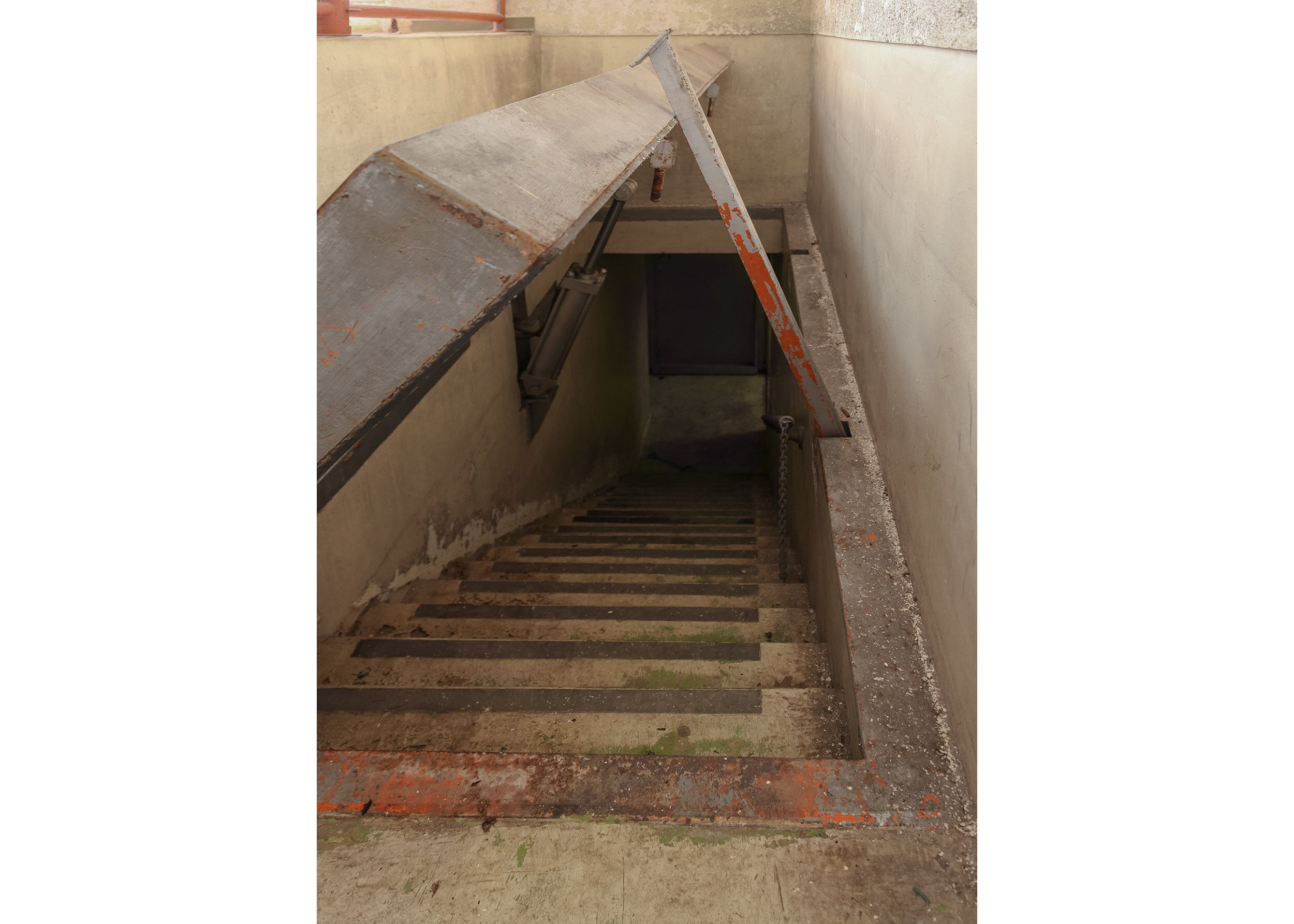
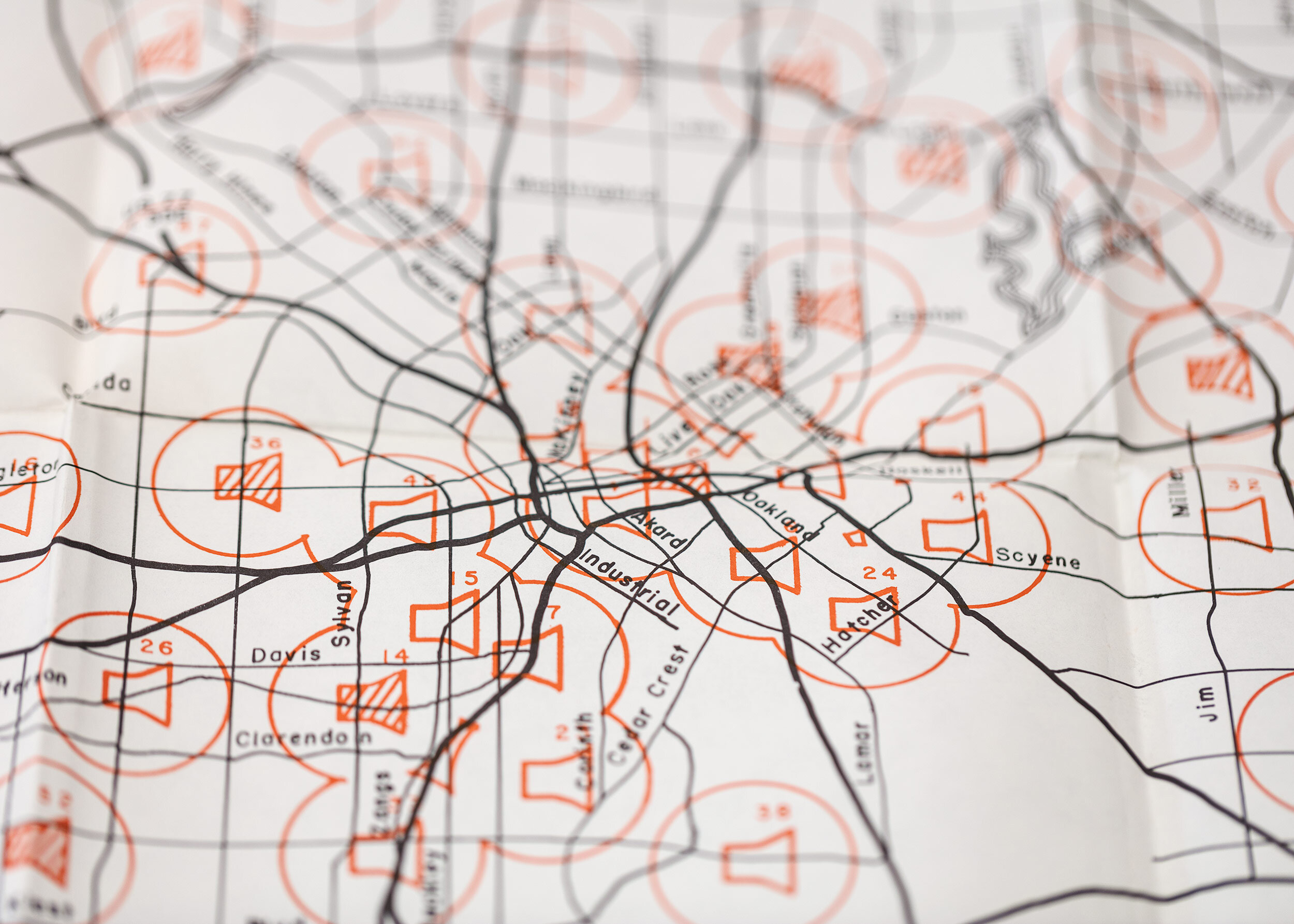
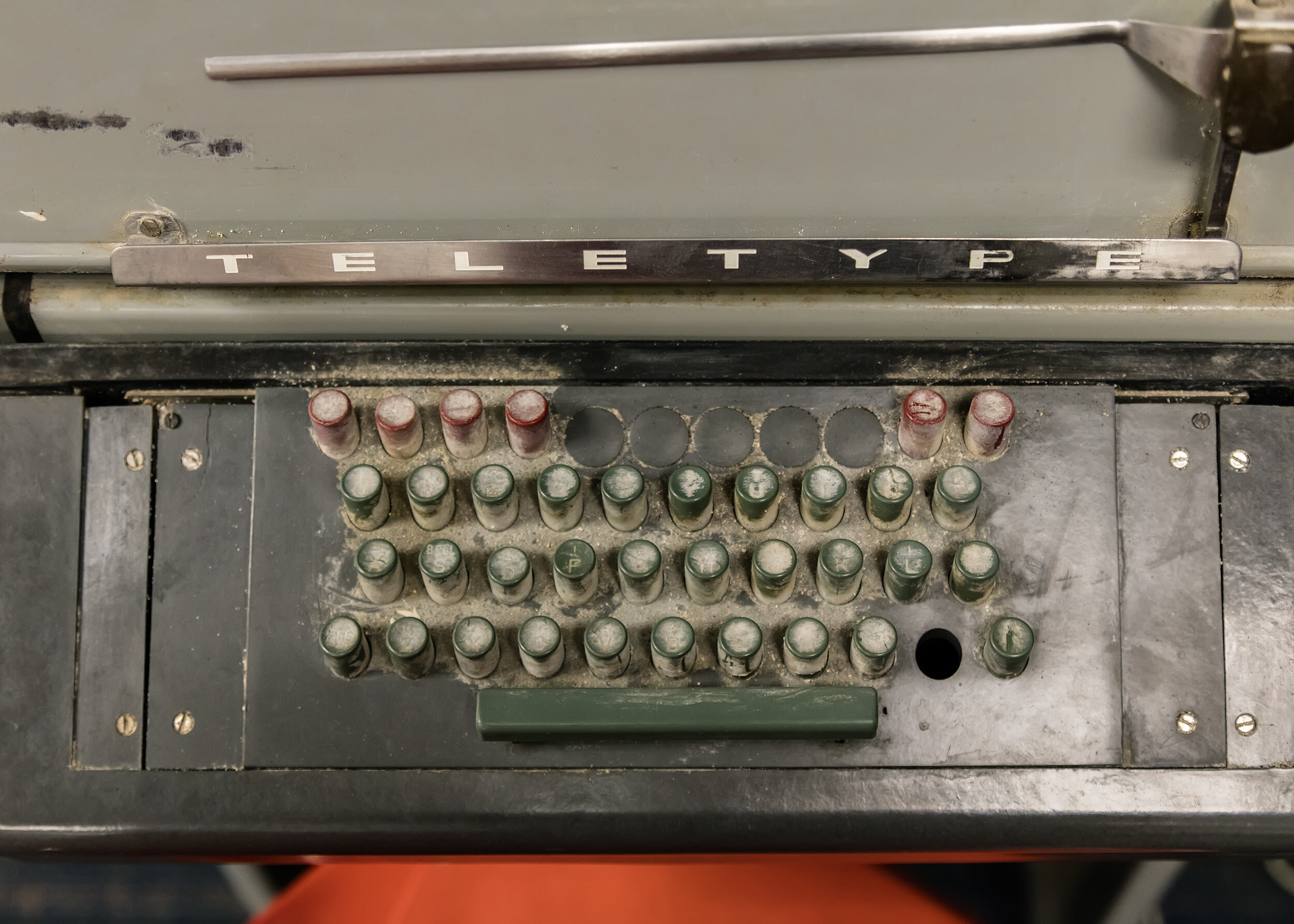
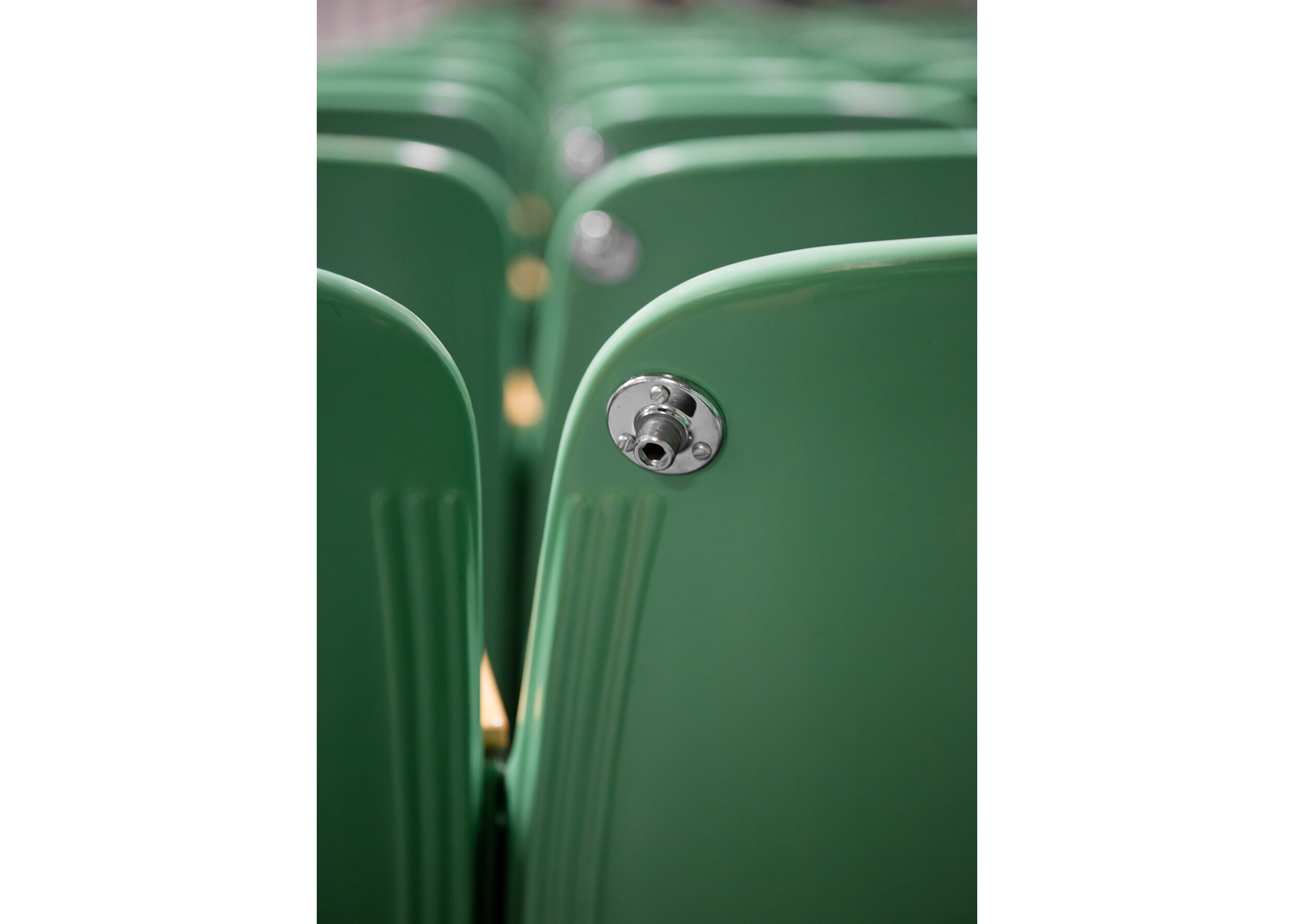
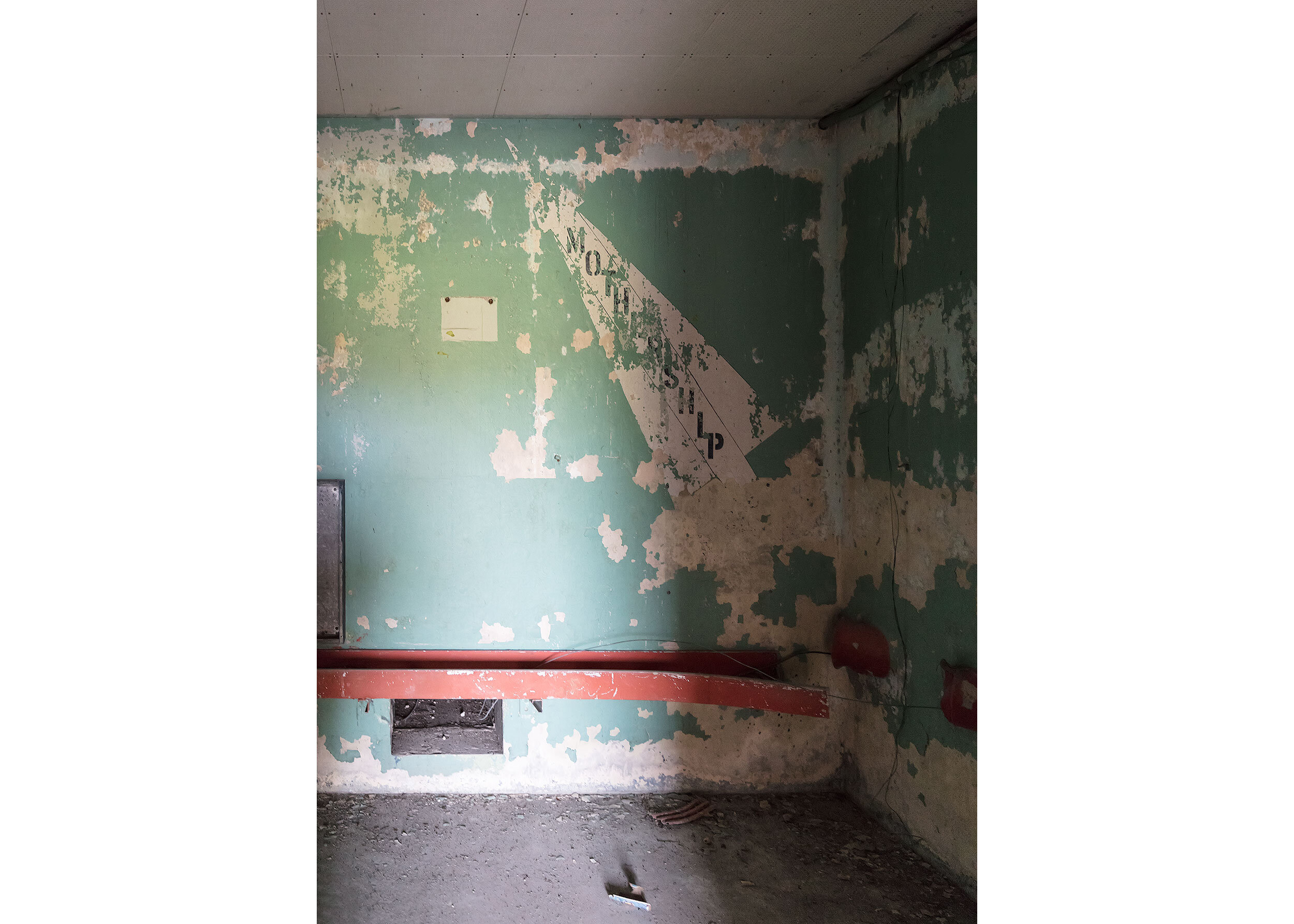
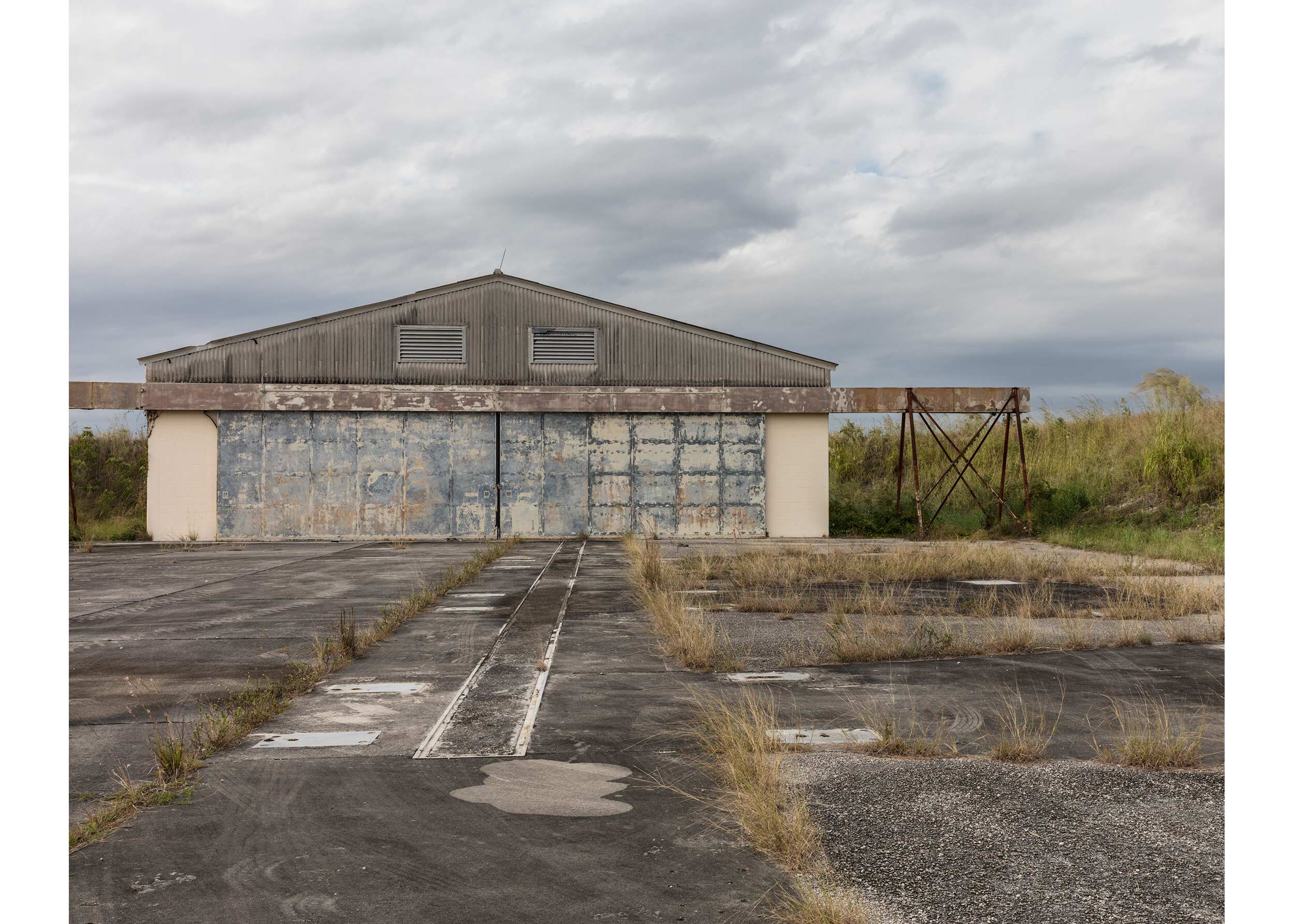


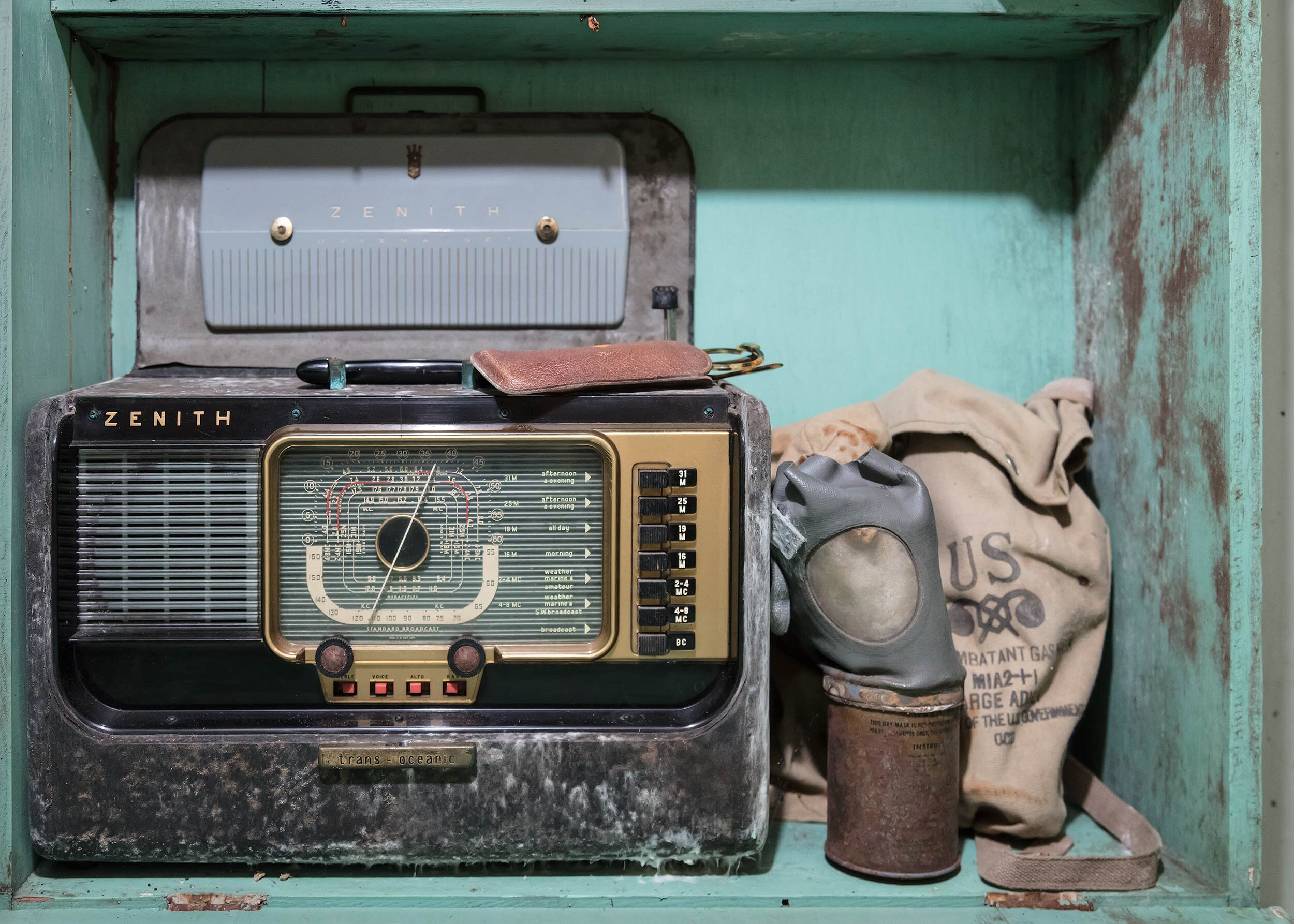
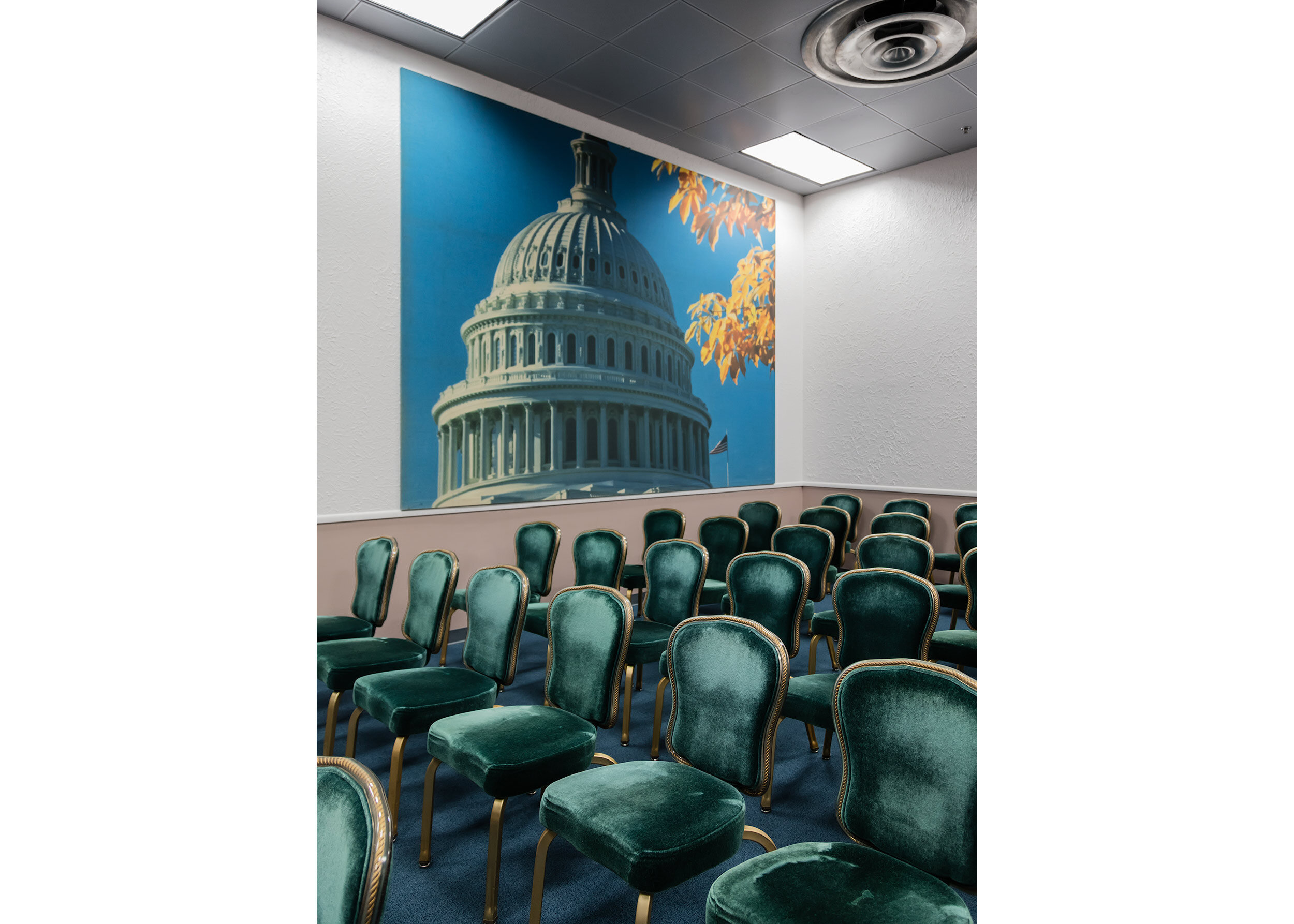
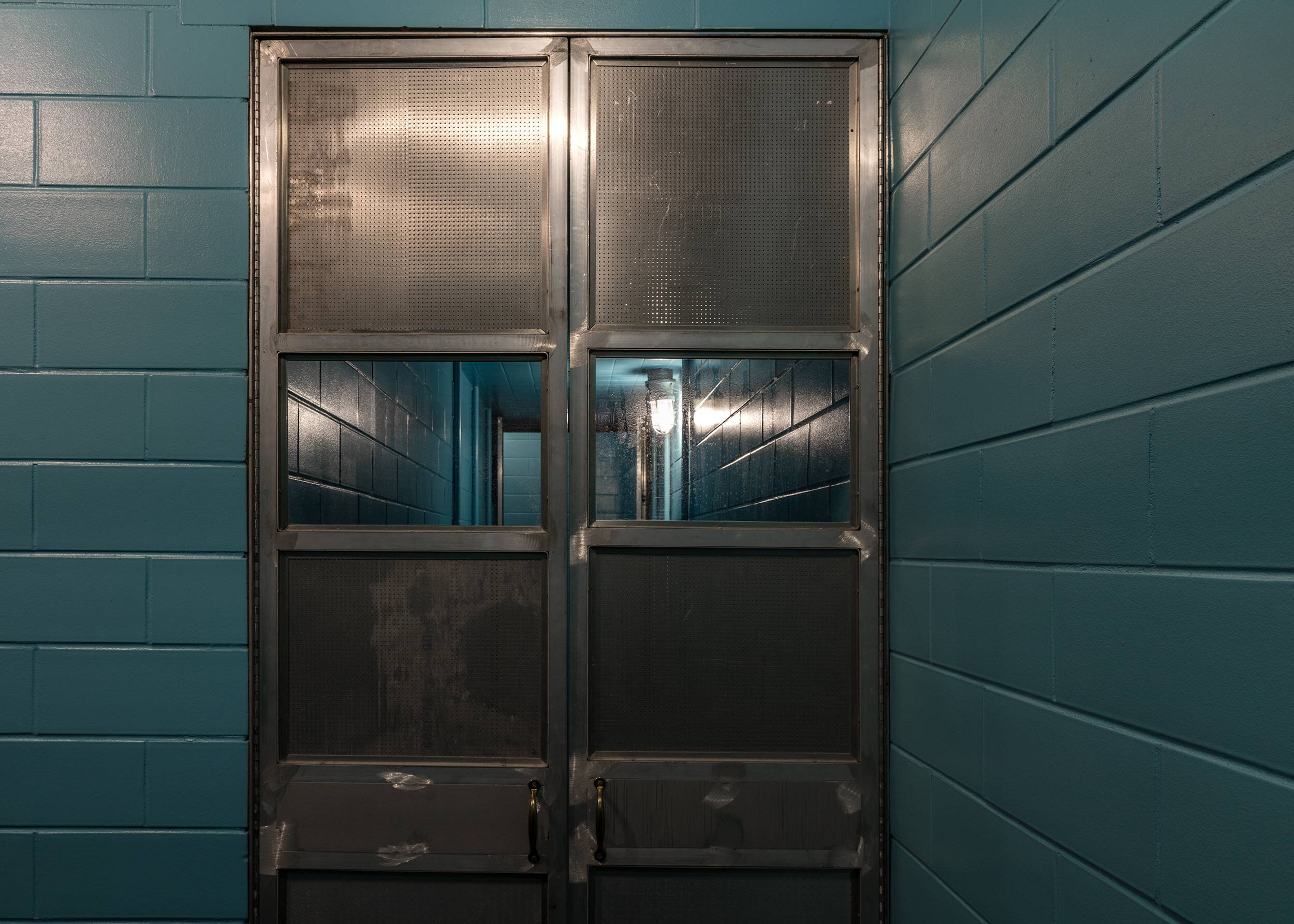
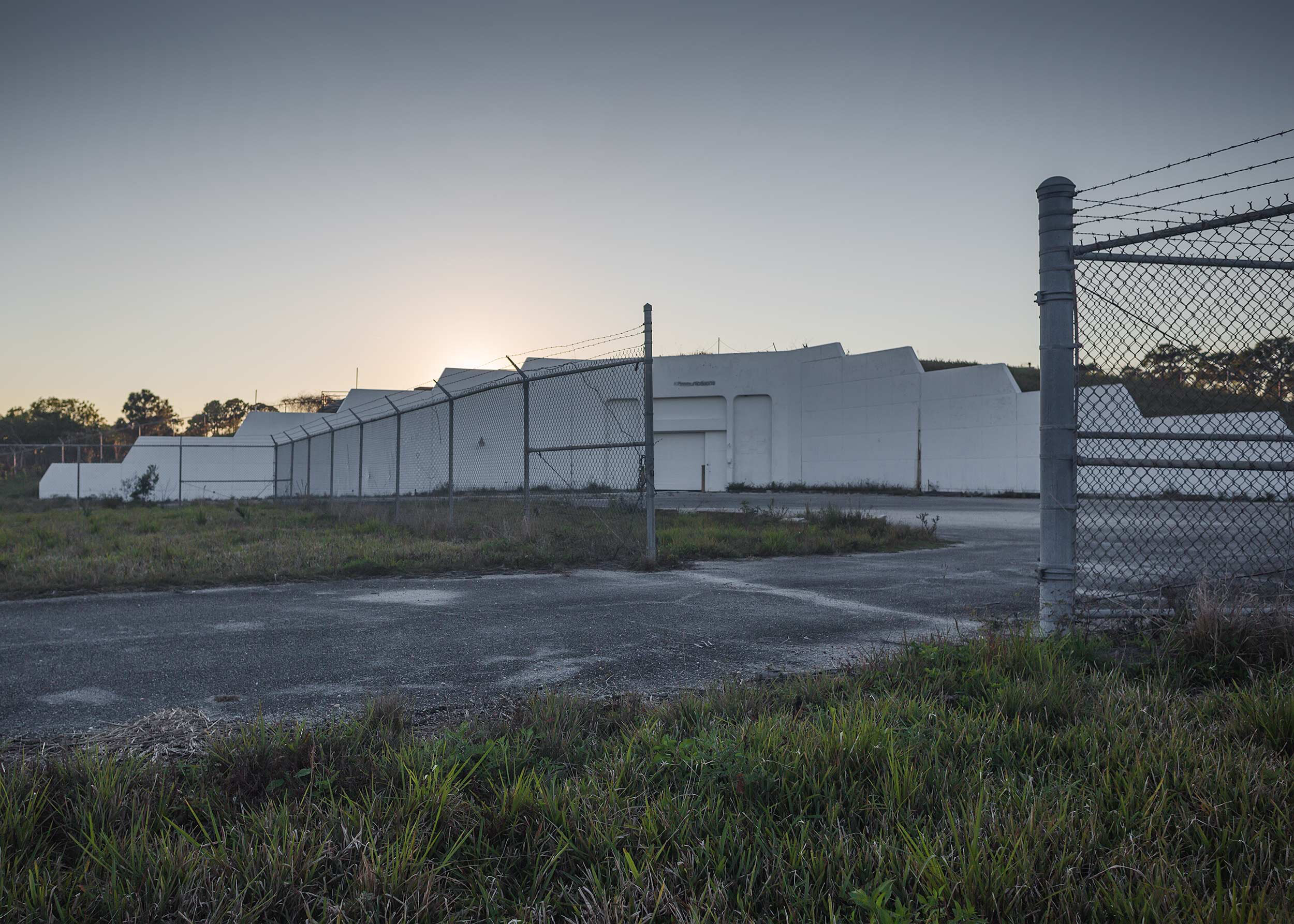
“Let no one think that the expenditure of vast sums for weapons and systems of defense can guarantee absolute safety for the cities and citizens of any nation. The awful arithmetic of the atomic bomb does not permit of such an easy solution.”
Thousands of fallout shelters were left behind by the Cold War generation. Many remain intact, but are hidden, underground and unseen. I believe, in many ways, these spaces may be viewed as a warning to us today. Referencing declassified information from the Cuban Missile Crisis, I have been working since 2013 on a series that gives voice to these unique architectural spaces that were built throughout the U.S. in the 1950s and ‘60s. Spaces that one can step into and feel how terrified most Americans actually were at the thought of a nuclear holocaust. The images will ultimately highlight the Cold War experience through shelter spaces in 14 cities.
Declassified map showing the range of Soviet nuclear weapons in Cuba, used by the United States government during the Cuban Missile Crisis, 1962
Found documents from the period overlaid on some of the images offer a chilling insight into the psychological effects of the Cold War on government officials and ordinary citizens. These period documents play an important role by serving as a kind of ‘interview’ with those who lived through this experience but are no longer here to bear witness. The juxtaposition of shelter spaces that have remained virtually untouched except by the effects of time, and found text like casualty statistics helps us understand that Civil Defense was only a way to maintain some semblance of order with the threat of nuclear war hanging over Americans’ heads day in and day out. Most major cities only had enough shelter space for roughly 40% of their daytime population. With the advent of faster technology to deliver nuclear warheads in the 60’s and later, the remaining populace would face dire circumstances if they survived at all.
Artist's Timeline of the Cold War. Click to download.


